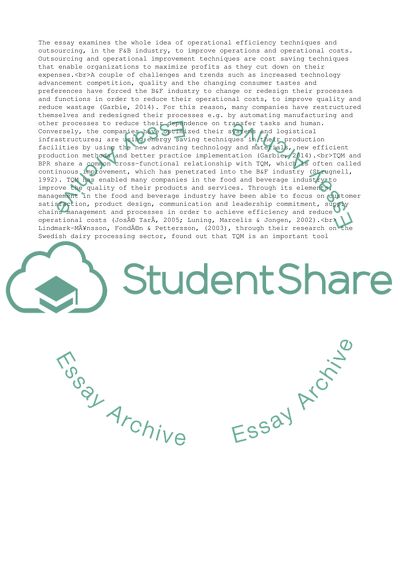Cite this document
(Does outsourcing really work Essay Example | Topics and Well Written Essays - 3000 words, n.d.)
Does outsourcing really work Essay Example | Topics and Well Written Essays - 3000 words. https://studentshare.org/management/1863752-does-outsourcing-really-work
Does outsourcing really work Essay Example | Topics and Well Written Essays - 3000 words. https://studentshare.org/management/1863752-does-outsourcing-really-work
(Does Outsourcing Really Work Essay Example | Topics and Well Written Essays - 3000 Words)
Does Outsourcing Really Work Essay Example | Topics and Well Written Essays - 3000 Words. https://studentshare.org/management/1863752-does-outsourcing-really-work.
Does Outsourcing Really Work Essay Example | Topics and Well Written Essays - 3000 Words. https://studentshare.org/management/1863752-does-outsourcing-really-work.
“Does Outsourcing Really Work Essay Example | Topics and Well Written Essays - 3000 Words”. https://studentshare.org/management/1863752-does-outsourcing-really-work.


